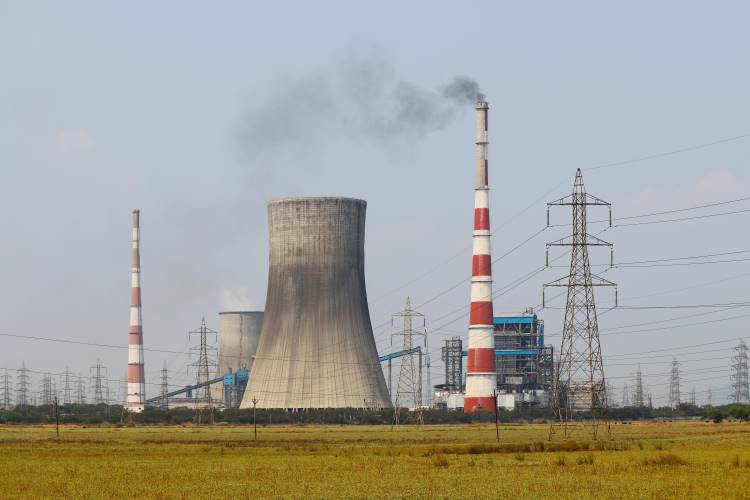India’s ambitious carbon credit trading regime, initially scheduled for implementation soon after its authorisation in June 2023, is now anticipated to launch in late 2025 or 2026—nearly three years behind schedule. The scheme, which covers less than a third of India’s emissions, seeks to mitigate the nation’s rapidly growing greenhouse gas output.
A recent warning from a UN body highlights the potential consequences of this delay on India’s 2070 net zero deadline. The Indian carbon market is expected to establish a regulated, domestic carbon trading system aligned with UN standards, enabling capped emissions across multiple industries. Climate experts say that establishing the carbon market promptly is essential for India to stay on track with its climate goals.
READ I Cybersecurity: US, India join forces for a safer digital world
Understanding carbon credit trading
Carbon credit trading is a market-driven approach to reducing emissions. A carbon credit represents the removal or avoidance of one tonne of carbon dioxide (or equivalent greenhouse gases, such as methane). Companies can purchase these credits to offset their emissions, achieving a “net zero” emission status. Growing awareness of sustainability among stakeholders, including customers, employees, and shareholders, has driven companies toward such practices.
As developed nations move aggressively toward decarbonisation with frameworks like the European Union’s Carbon Border Adjustment Mechanism (CBAM) and carbon markets in countries like China and Indonesia, India has also been spurred to develop its own carbon trading system.
Limitations of India’s trading system
While carbon trading offers potential for reducing emissions, implementing it in India presents challenges. Notably, India’s carbon credit trading system (CCTS) excludes major polluting sectors like electricity and agriculture, limiting its impact on national emissions. Experts involved in the scheme’s rollout predict minimal improvements in air quality until 2031, as the system only covers about 30% of the country’s emissions, leaving a large portion unregulated.
A delayed rollout of the CCTS may also lead to mounting economic costs for Indian industries, particularly as global carbon pricing mechanisms like the CBAM come into force. With international markets moving toward stringent carbon compliance, India risks placing its exporters at a competitive disadvantage. Companies operating within the voluntary market may struggle to keep pace with evolving international standards, which could impact India’s global trade position. A timely and robust carbon trading system would not only enable emission reductions but also align India’s climate strategy with global expectations, ultimately protecting its economic interests on the world stage.
Additionally, carbon markets generally take three to five years to have measurable effects on emission reductions. The effectiveness of India’s carbon credit trading system will hinge on its design and coverage. A critical question remains: why are heavily polluting sectors excluded from the scheme?
Learning from other nations
India has valuable examples to follow when designing its carbon trading system. China’s phased approach, starting with the power sector in 2017 and gradually expanding, has proven effective. This method allowed for concentrated regulatory efforts and manageable implementation. India could adopt a similar phased strategy, focusing initially on high-emission sectors like energy and coal.
The European Union’s emissions trading system, established in 2005, also offers lessons. The EU ETS is sector-specific, tailored to address distinct needs and challenges across various industries. India could benefit from establishing a similarly structured system to ensure targeted, industry-appropriate emission reductions.
Currently, India’s proposal for a voluntary carbon trading market mirrors the existing private-sector-led carbon market, potentially leading to confusion. While voluntary trading allows companies to offset emissions without regulatory mandates, a compliance-based system would impose government caps on carbon emissions, requiring industries to buy credits if they exceed limits. As the government advances its CCTS plans, ensuring clear, enforceable standards and effective oversight will be crucial.
A major challenge within carbon offset markets lies in guaranteeing additionality. Carbon credits are meant to promote emissions reductions that would not otherwise occur. However, distinguishing genuine reductions can be complex. For example, if a company shifts from coal to solar due to cost savings, should it still receive credits for emissions avoided? Questions like these call for robust verification and certification processes to ensure the integrity of carbon offsets.

